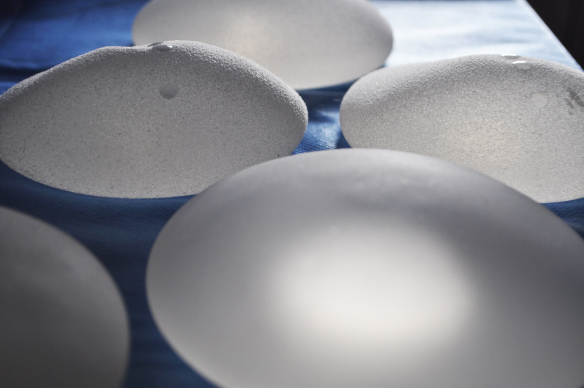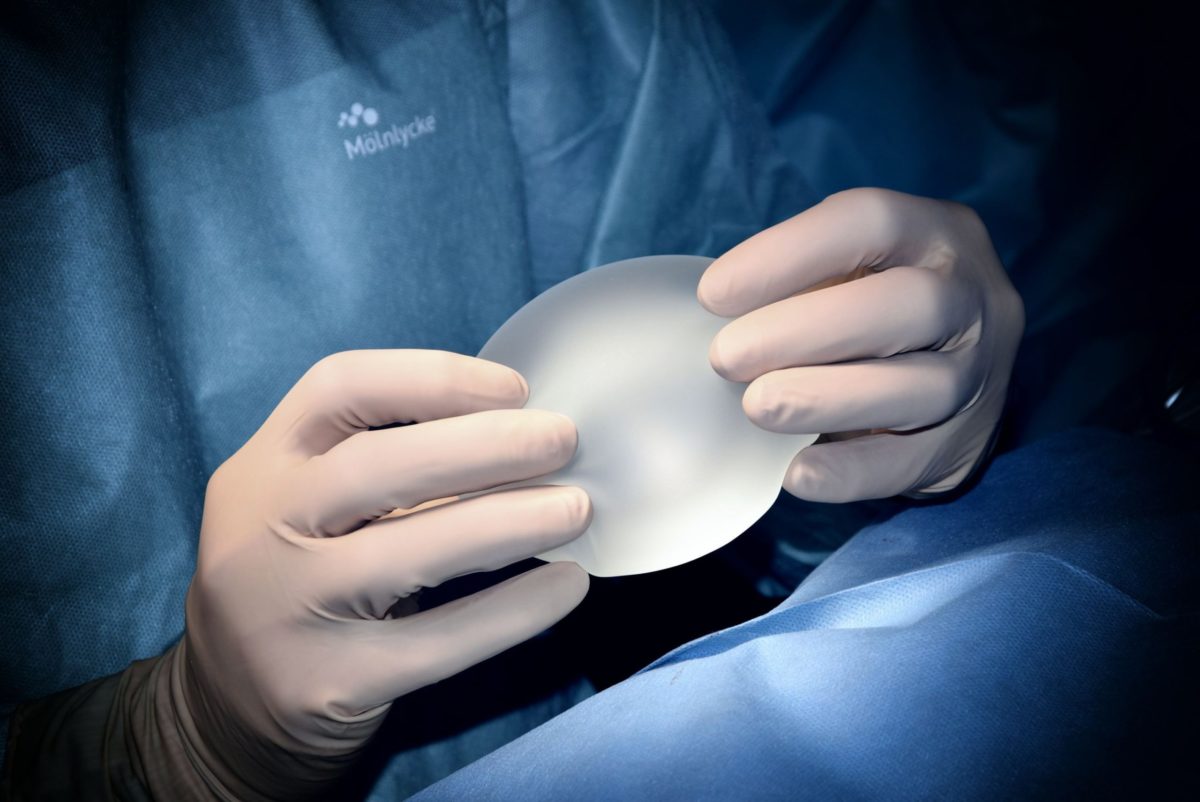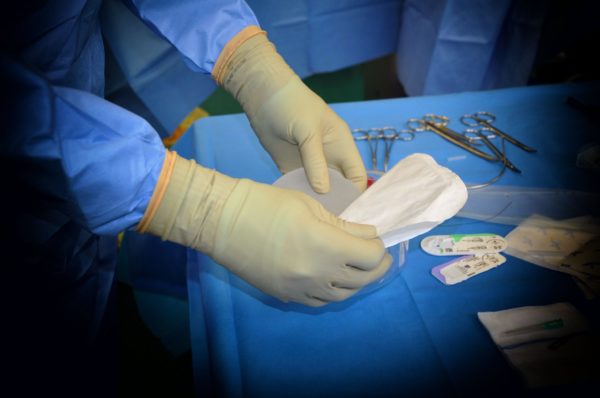Brazilian Butt Lift – Everything you need to know.
Brazilian Butt Lift – Everything you need to know.
The Brazilian butt lift procedure has received scrutiny from plastic surgeons and healthcare providers; due to the high complications and the number of women who have died after having this procedure.
The Procedure
The procedure consists of specialised fat transfer techniques to augment the size and shape of the buttocks without implants. Excess fat is removed from the hips, abdomen, lower back, or/and thighs with liposuction, and a portion of this fat is then strategically injected into the buttocks. This procedure is normally done as an outpatient procedure, using general anaesthesia or it can be done using intravenous sedation and local anaesthesia. Most surgeons will normally inject more fat into the buttocks than is required due to the fact that not all of the fat cells will survive. In addition to giving the patient a rounder bottom with natural looking and feeling results, this procedure will also improve lower body contours by removing fat in other areas.
To benefit from this procedure you need to:
Be of good, general health with no heart related issues.
Have good skin tone in the hips and buttocks.
Have adequate fat stores in other areas to harvest.
If you are concerned about excess, sagging skin on the buttocks or thighs, thigh & buttock lift surgery may be a more suitable option.
Post Op
You can not sit or lie directly on your buttocks for around 2 weeks after a Brazilian butt lift. To avoid putting any pressure on your buttocks you will need to sleep on your stomach or side, and either lie this way or stand for all activity except using the toilet.
Your surgeon will advise when you should be able to resume light daily activities, on average, 1 week after surgery. Your surgeon will advise when you can start to sit down using a “doughnut” seat or placing a pillow under your thighs to avoid pressure on the buttocks.
You will normally be able to sit down directly on your buttocks after around 8 weeks.
Approximately 6 months after the procedure, when residual swelling has diminished, you will be able to see the final results. Your results have the potential to last for a long time, however, it is important to maintain your weight after this procedure as significant weight fluctuations can impact your results.
The American Board of Cosmetic Surgery advocates the Brazilian butt lift procedure. ABCS surgeons have undergone additional training in fat grafting and Brazilian butt lift procedures.
https://www.americanboardcosmeticsurgery.org/find-a-cosmetic-surgeon-near-you/
Surgeons that are concerned about the high mortality and complication rates associated with this procedure argue that it should be banned. It is important to remember that all surgical procedures carry risks, including risk of mortality. Personally I think that if a procedure has been proven to be safe, when performed using a specific method, by an experienced and suitably qualified surgeon; then it should be left up to the individual as to whether they are prepared to accept the risks associated with that procedure.
Risks of a Brazilian butt lift
Brazilian butt lift surgery has resulted in a number of fatalities and high incidences of post-surgery complications and is considered one of the most high risk procedures available.
Postmortem findings from deceased patients showed typical risks associated with the intramuscular fat grafting technique can cause death.
Intramuscular injection of the grafted fat is a common technique for BBL. When the cannula is injected deep into the muscle where nerves and blood vessels lie there is a risk of hitting a blood vessel, this can cause massive fat emboli, which can be fatal.
Due to fat absorption in the body, the BBL procedure could cause asymmetry of the buttocks weeks or even months later. Although you can have more fat grafts to rectify this.
BAAPS BRITISH ASSOCIATION OF AESTHETIC PLASTIC SURGEONS
https://baaps.org.uk/media/press_releases/1630/the_bottom_line
The Brazilian Buttock Lift (BBL) is a procedure in which fat is taken from another part of the body, then injected into the buttocks. However, surgeons today warn it has the highest death rate (thought to be as high as 1 in 3,000 operations)[2] of all cosmetic surgery procedures, due to the risk of injecting fat into large veins that can travel to the heart or brain and cause severe illness and death.
This risk has galvanised the BAAPS to distribute a recommendation to all members, suggesting they refrain from performing BBLs, at least until more data is available.
BAPRAS BRITISH ASSOCIATION OF PLASTIC, RECONSTRUCTIVE AND AESTHETIC SURGEONS
BAPRAS is fully supportive of BAAPS’ decision to call on surgeons to stop performing buttock enhancement procedures by fat transfer in the UK until the MultiSociety Gluteal Fat Grafting Task Force has collated accurate data on this procedure and made recommendations.
The risks of serious complications, or even death, are far too high for a cosmetic procedure and we would urge anyone considering undergoing this type of surgery at this time to rethink their decision.
Plastic surgeons have formed an Inter-Society Gluteal Fat Grafting Task (BBL Task Force) to advise on techniques.
Their recommendations include:
Avoid using the intramuscular-fat-injection technique. Injecting fat into the muscles and beyond increases the chances of injuring the underlying nerves and blood vessels in the buttocks.
Keep fat injections within the superficial planes of the buttocks, with the subcutaneous space being the safest location to place the grafted fat. Doing so lowers the possibility of causing complications from the procedure significantly.
Use a blunt and pressure-controlled cannula. Controlling the movement of the cannula as well as limiting the area where fat will be injected prevents unintended deep passes into the muscles where vital structures lie. Likewise, blunt cannulas lessen the chance of puncturing blood vessels and injecting fat into the bloodstream.
Have access incisions to ensure that the cannula is kept at a superficial trajectory. This technique allows us to keep the angulation of the cannula at the subcutaneous level. External palpation can also help ensure that the cannula is not angled too deeply while injecting the fat into the buttocks.
Injecting fat must be done while moving the cannula. This technique prevents high-pressure bolus injections, which can be deadly when it causes a blockage in the major veins of the heart and lungs.
My advice is to take your time and ensure the surgeon you go to is suitably qualified and has a good track record of performing the Brazilian butt lift procedure.
Questions
- How many procedures have you performed and when did you do your first Brazilian butt lift?
- How many procedures have you performed in the last 12 months?
Have any of your patients died after the procedure? - Have any of your patients needed to be admitted to intensive care after the procedure?
- What would happen if I need intensive care after the procedure?
- How many of your patients had any complications after surgery?
- What did you do to rectify them?
- Ask to look at before and after photos of previous patients, however, remember you will only get to see the very best of the surgeon’s procedures.
To check your surgeon is suitably qualified – Qualifications.




